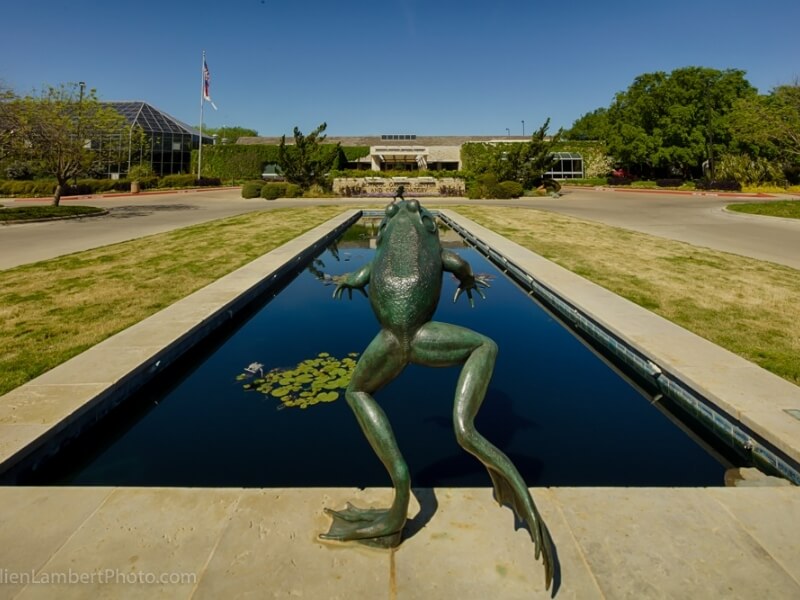Gratiola quartermaniae (Quarterman’s Hedge Hyssop)

Gratiola quartermaniae was first described from Eastern North America by Estes and Small in 2007. The species typically grows in thin, seasonally saturated soil over exposed limestone or dolomite bedrock. This habitat is typically found associated with limestone glades, barrens, prairies, and alvars. A limestone glade is an area of exposed limestone bedrock with little to no soil overtop. The species is most common in the limestone cedar glades of central Tennessee and northern Alabama, though it also occurs in primarily limestone habitats in northeastern Illinois, central Texas, and southeastern Ontario. Similar distribution patterns are seen in several other species which grow with G. quartermaniae including Clinopodium arkansanum (Nutt.) House, Grindelia lanceolata Nutt, Heliotropium tenellum (Nutt.) Torr., Isoetes butleri Engelm., Juncus filipendulus Buckl., and Minuartia patula (Michx.) Mattf.
During a 2012 search for the species, 49 new locations were identified for G. quartermaniae. These collections represent 7 new county records, including Bosque, Denton, Hood, Johnson, Parker, Tarrant, and Wise counties. At least one voucher specimen from each county was collected and deposited in the BRIT herbarium. All populations were found on seasonally wet Walnut Limestone glades and are the first to be found in the Texas Fort Worth Prairie and Limestone Cut Plain. These collections indicate that the species and its calcareous glade habitat are much more abundant in Texas than previously thought.
CITATION: Taylor, K.N. & R.J. O’Kennon. 2014. Expanded distribution of Gratiola quartermaniae (Plantaginaceae) in Texas, U.S.A. J. Bot. Res. Inst. Texas 8(1):333–337.

Research Team
Kim Norton Taylor Conservation Research Botanist
Carousel items
-
Collections Insights
Collections Insights brings together three distinct perspectives that reflect the depth and richness of botanical collections—from the relationship between herbaria and libraries to the hidden treasures of archival holdings, and the personal narratives of those working in the field.
-
The Sherwin Carlquist Collection
The Sherwin Carlquist Collection encapsulates more than 30 years of important botanical research conducted by the renowned mid-century American botanist.
-
The Oliver G. Burk Children’s Collection
The Oliver G. Burk Children’s collection is a treasure of both rare and new books on botany and natural history.
-
Library Archives Collection
The BRIT Library houses one of the largest and finest collections of botanical works in the southwestern United States.
-
Rare Book Room Collection
The Discovery Fund Rare Book Room includes an exceptional collection of books and limited-edition items, some of which were published over 200 years ago and are fragile, scarce, or valuable.
-
The Arader Natural History Collection of Art
As one of the newer additions to the Library, the Arader Natural History Collection of Art celebrates art, science, and the beauty of plants and nature.
-
The Stansbery Collection for Botanical Art
Through the generosity of Will and Kay Stansbery, the BRIT library offers access to a collection of books focusing on botanical art and illustration, and art history.
-
Discovery Resources
Explore a curated collection of educational and digital resources from the BRIT Library and beyond.
-
BRIT Library History
In large measure, the library of the Botanical Research Institute of Texas owes its existence to Lloyd H. Shinners and his vision of the future.
-
BRIT Library History
In large measure, the library of the Botanical Research Institute of Texas owes its existence to Lloyd H. Shinners and his vision of the future.
-
BRIT Library History
In large measure, the library of the Botanical Research Institute of Texas owes its existence to Lloyd H. Shinners and his vision of the future.
-
BRIT Library History
In large measure, the library of the Botanical Research Institute of Texas owes its existence to Lloyd H. Shinners and his vision of the future.
-
BRIT Library History
In large measure, the library of the Botanical Research Institute of Texas owes its existence to Lloyd H. Shinners and his vision of the future.
-
BRIT Library History
In large measure, the library of the Botanical Research Institute of Texas owes its existence to Lloyd H. Shinners and his vision of the future.
-
BRIT Library History
In large measure, the library of the Botanical Research Institute of Texas owes its existence to Lloyd H. Shinners and his vision of the future.
-
BRIT Library History
In large measure, the library of the Botanical Research Institute of Texas owes its existence to Lloyd H. Shinners and his vision of the future.
-
BRIT Library History
In large measure, the library of the Botanical Research Institute of Texas owes its existence to Lloyd H. Shinners and his vision of the future.
-
BRIT Library History
In large measure, the library of the Botanical Research Institute of Texas owes its existence to Lloyd H. Shinners and his vision of the future.
-
BRIT Library History
In large measure, the library of the Botanical Research Institute of Texas owes its existence to Lloyd H. Shinners and his vision of the future.
-
BRIT Library History
In large measure, the library of the Botanical Research Institute of Texas owes its existence to Lloyd H. Shinners and his vision of the future.
-
BRIT Library History
In large measure, the library of the Botanical Research Institute of Texas owes its existence to Lloyd H. Shinners and his vision of the future.
-
BRIT Library History
In large measure, the library of the Botanical Research Institute of Texas owes its existence to Lloyd H. Shinners and his vision of the future.
-
Participate
In a world of increasing demands and shrinking dollars, you can also support our mission by sponsoring specific resources and preservation efforts.


